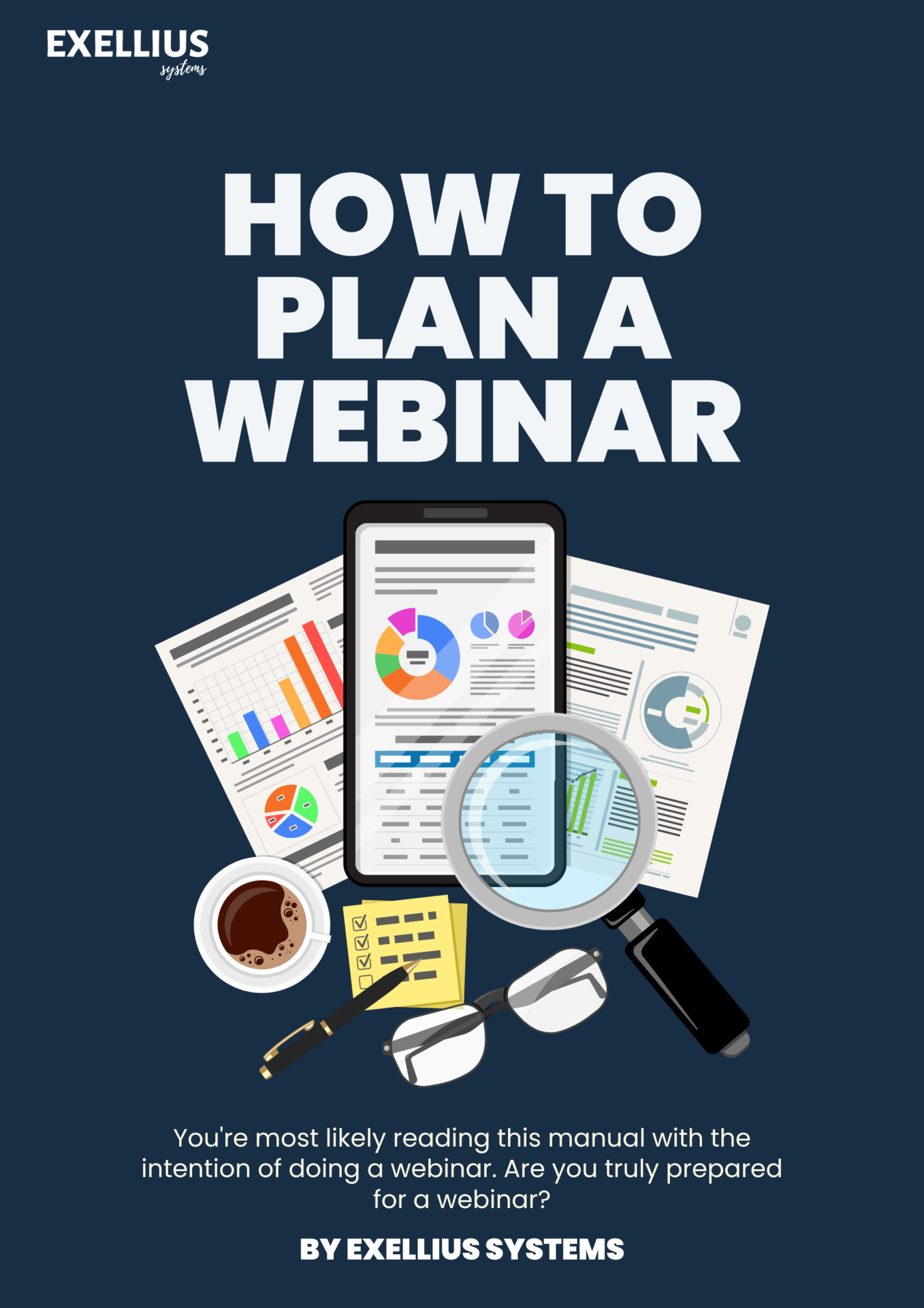
Along with a plethora of other new features and tools, LinkedIn has recently announced Collaborative Articles. This new feature is designed to bring in opinions and advice from professionals across the platform in answer to prompts from AI. The new feature is intended to provide several benefits:
- Members get help and advice from real people who’ve been there and done that rather than from the general internet.
- Contributors can gain more visibility, contacts, and recognition via the new Community Top Voice badge, which lasts for 60 days before you have to contribute again to regain the badge.
- LinkedIn benefits from more engagement across the platform.
How Does it Work?
Here’s a summary straight from LinkedIn themselves:
“These articles begin as AI-powered conversation starters, developed with our editorial team. Then, using LinkedIn’s Skills Graph, we match each article with relevant member experts who can contribute their lessons, anecdotes, and advice based on their professional experience.”
Instead of members having to think up topics, AI does the work for them, in conjunction with LinkedIn’s editorial team, to ensure nothing untoward gets through as a topic.
A select number of relevant experts will then be invited to post and add whatever they think under the topic.
Members can like and react, and ask to be added so that they too can contribute their thoughts, advice, and opinions.
Pros and Cons
According to LinkedIn, “Members possess a mind-blowing ~10 billion years of professional experience. Billions of trials and experiments, of mistakes and successes, in nearly every country and every industry.”
We can see their point. That really is an incredible store of knowledge and being able to tap into that sounds like a fantastic idea. But is it all sunshine and digital roses, or will there be a downside too?
Pros:
1) Wide range of topics
AI can come up with far more topics and ideas in a much shorter time than humans ever could. This could lead to an explosion of content on LinkedIn with discussion of far more than we currently have.
2) Genuine visibility for some
Some members will be able to use this feature to contribute their expertise and gain wider visibility. If they take the time to provide quality content, that can only contribute to them being seen as an expert. This really could introduce them to new contacts, new clients, and greater opportunities.
3) It’s a potentially great opportunity for marketers and content writers
This is another service content writers and marketers could offer to clients. Professionals can simply offer to write top-quality content on this platform too. And marketers within companies should easily be able to find ways to use this for subtle promotion and visibility for their companies too.
Cons:
1) How much visibility really?
If there’s going to be a huge amount of new content across the platform, who will be able to keep up with that? And can contributors add enough content to really gain visibility? We also don’t yet know if LinkedIn will make more of already existing experts and well-known contributors. Will a response by Joe or Jane Bloggs, for example, get as much visibility as an answer by Richard Branson?
2) Poor quality questions
AI is not always accurate and there have already been complaints that some of these prompts just don’t make sense. Human editors will do their best to catch any questions that aren’t suitable or don’t make sense, but it’s quite likely that some will slip through.
3) Who works for exposure?
It’s the age-old question for creatives of any kind. Contributors are effectively writing free content for LinkedIn for the promise of visibility, which is another way of saying “exposure.” The rewards could be big. They could. But will they be? And will the time taken that could have been spent on writing a paid article for elsewhere be rewarded?
4) Spam, spam, spam
We know it’s coming. Some people will absolutely use their answers to either spam the community or to go straight for the hard sell. LinkedIn no doubt has editors in place to help with this, but they’re going to have their work cut out.
This new feature could be a boon for marketers. You could easily use it to show your clients’ or company’s expertise to a wider audience, which is never a bad thing. However, like most things in marketing, it’s going to be about using it judiciously and doing it well.
It’s only a few days into using the new feature and some enterprising soul has already plugged their book in their reply to one of these articles. That’s really not your best use of it. Just as you might do anywhere on your Google Business Profile, your website, or other social platforms, it’s, of course, about creating excellent content that answers your audience’s questions and shows off your or your clients’ excellence.
Gain exposure and visibility by helping your audience, not by going straight for the sell, sell, sell.
Considering how prevalent the use of AI already is and how much more we’re going to see of it, I don’t think marketers should ignore this new feature. Instead, take your time and consider how best to make use of it for you and your clients.






